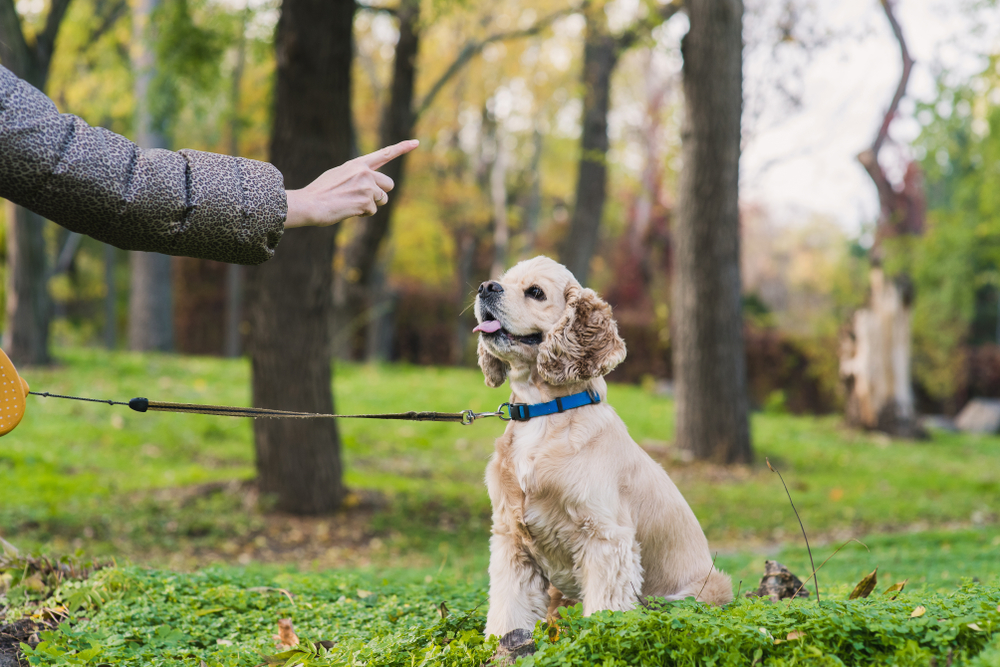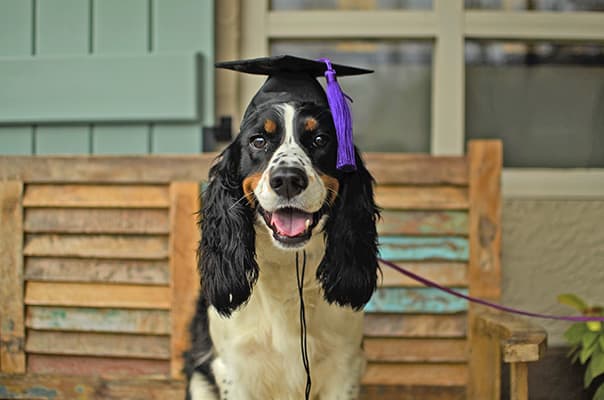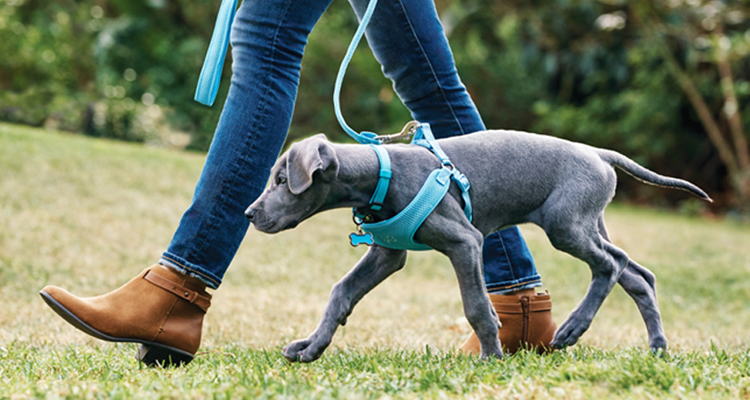Puppy Training: Start Your Pup Off Right with Professional Guidance
Puppy Training: Start Your Pup Off Right with Professional Guidance
Blog Article
Beginner's Overview to Successful Pet Dog Training at Home
Effectively training a canine at home requires a nuanced understanding of canine behavior and effective communication strategies. Developing clear training goals, using high-quality benefits, and keeping uniformity throughout relative are crucial elements. Integrating training right into day-to-day regimens can enhance both engagement and retention. Numerous newbie instructors run into challenges that may impede progress. To navigate these intricacies successfully, it's necessary to check out several key aspects that can transform your approach and lead to a harmonious partnership with your pet dog. What basic principles should every newbie understanding to guarantee success?
Recognizing Dog Actions
Comprehending canine habits is important for effective training and fostering a harmonious partnership in between humans and their canine buddies - Puppy Training. Pet dogs connect primarily via body movement, articulations, and faces, making it crucial for owners to interpret these signals accurately. Recognizing habits such as tail wagging, growling, or cowering can provide understandings into a dog's psychological state and intentions
In addition, recognizing the natural instincts of dogs, such as their pack attitude, helps owners develop management duties within the house. This is vital for producing an organized atmosphere where pets really feel safe and secure and are much more receptive to training. Dogs are likewise influenced by their socializing experiences; early exposure to numerous atmospheres, people, and various other animals can significantly shape their behavior later in life.
Common behavior issues, such as hostility, anxiousness, or excessive barking, typically originate from misunderstandings or unmet demands. Observing and resolving these issues immediately can stop rise and make sure a favorable training experience. By fostering a deep understanding of pet actions, owners can tailor their training methods to match their canine friends, ultimately causing a mannerly and pleased pet dog.

Important Educating Devices
A well-equipped training room can significantly boost the effectiveness of pet training in the house. Crucial training devices ensure that both the trainer and the dog can take part in productive sessions that foster knowing and bonding.

Buying a tough chain and a comfortable, well-fitting collar or harness is important for safety and control. These devices assist establish limits and ensure the pet dog remains secure throughout training. Furthermore, a marked training location, without distractions, help concentration for both the trainer and the canine.
Educating aids such as training pads, cones, or agility devices can likewise boost the experience by presenting variety and challenges. Having a notebook or electronic application for tracking progression can be important, enabling you to keep in mind successes and areas for enhancement. Utilizing these important devices will create a favorable training environment and lay the foundation for reliable knowing.
Developing an Educating Routine
Establishing a regular training routine is necessary for efficient canine training at home. A well-structured routine not only helps in enhancing wanted behaviors however likewise supplies your dog with a complacency and predictability. To create an effective training regular, begin by identifying specific training objectives, such as fundamental commands, leash walking, or house-breaking.
Choose an assigned time daily for training sessions, ideally when your canine is alert and responsive. Procedure should be brief, approximately 5 to 15 mins, to maintain emphasis and stop fatigue. Consistency in timing and environment will improve your pet dog's learning experience.
Include training right into everyday tasks to strengthen abilities. For instance, technique commands important link during walks or mealtime, which integrates finding out into all-natural regimens. In addition, continue to be adaptable and adjust the regular as needed, accommodating your dog's energy degrees and her comment is here mood.
Positive Reinforcement Techniques

When executing favorable reinforcement, it is vital to select rewards that are inspiring for your pet dog. High-value treats, such as small items of chicken or cheese, can be especially reliable throughout training sessions. Additionally, differing the incentives can maintain your pet dog's interest and interest.
Begin with easy commands, like "sit" or "stay," and slowly progress to more complex tasks. Consistency is crucial; guarantee that all member of the family make use of the very same commands and incentive systems to avoid complication.
In addition, it is essential to continue to be individual and avoid disappointment. Pet dogs, like humans, find out at their own speed. By fostering a helpful training environment through positive reinforcement, you can boost your pet dog's discovering experience while strengthening the bond in between you and your fuzzy companion, preparing for effective training outcomes.
Typical Educating Obstacles
While educating a pet dog at home can be a fulfilling experience, it frequently comes with a collection of usual difficulties that can examine both patience and uniformity. One prevalent concern is interruption. Dogs might end up being easily averted by noises, activities, and even fragrances in their setting, making it difficult to preserve their emphasis throughout training sessions.
Another obstacle is incongruity in commands and support. It can prevent and confuse the pet dog progress if household members use various signs or incentives. Establishing a unified method is important for effective interaction.
Additionally, canines can experience irritation or anxiety, especially if they do not comprehend what is anticipated of them. This can bring about unfavorable habits, such as barking or chewing.
Lastly, go to my site the timing of support is vital. Delayed rewards can reduce the efficiency of positive reinforcement, as pet dogs may fall short to attach the behavior with the benefit.
Conquering these difficulties needs commitment, clear interaction, and an organized training strategy - Puppy Training. Recognizing and resolving these usual barriers will certainly lead the way for a more satisfying and successful training experience at home
Conclusion
In conclusion, effective pet training at home necessitates a detailed understanding of canine behavior and effective communication strategies. By establishing clear training objectives and utilizing premium treats together with favorable reinforcement, the training process ends up being much more gratifying for both the fitness instructor and the pet dog.
Developing a consistent training regimen is vital for reliable canine training at home.Favorable support methods are basic to efficient pet dog training, advertising preferred behaviors with rewards rather than penalty. By promoting a helpful training setting with positive reinforcement, you can enhance your pet dog's knowing experience while enhancing the bond between you and your fuzzy buddy, laying the groundwork for effective training results.
In final thought, effective dog training at home necessitates a comprehensive understanding of canine actions and reliable interaction methods. By developing clear training goals and using high-quality treats alongside favorable reinforcement, the training process becomes extra fulfilling for both the dog and the trainer.
Report this page